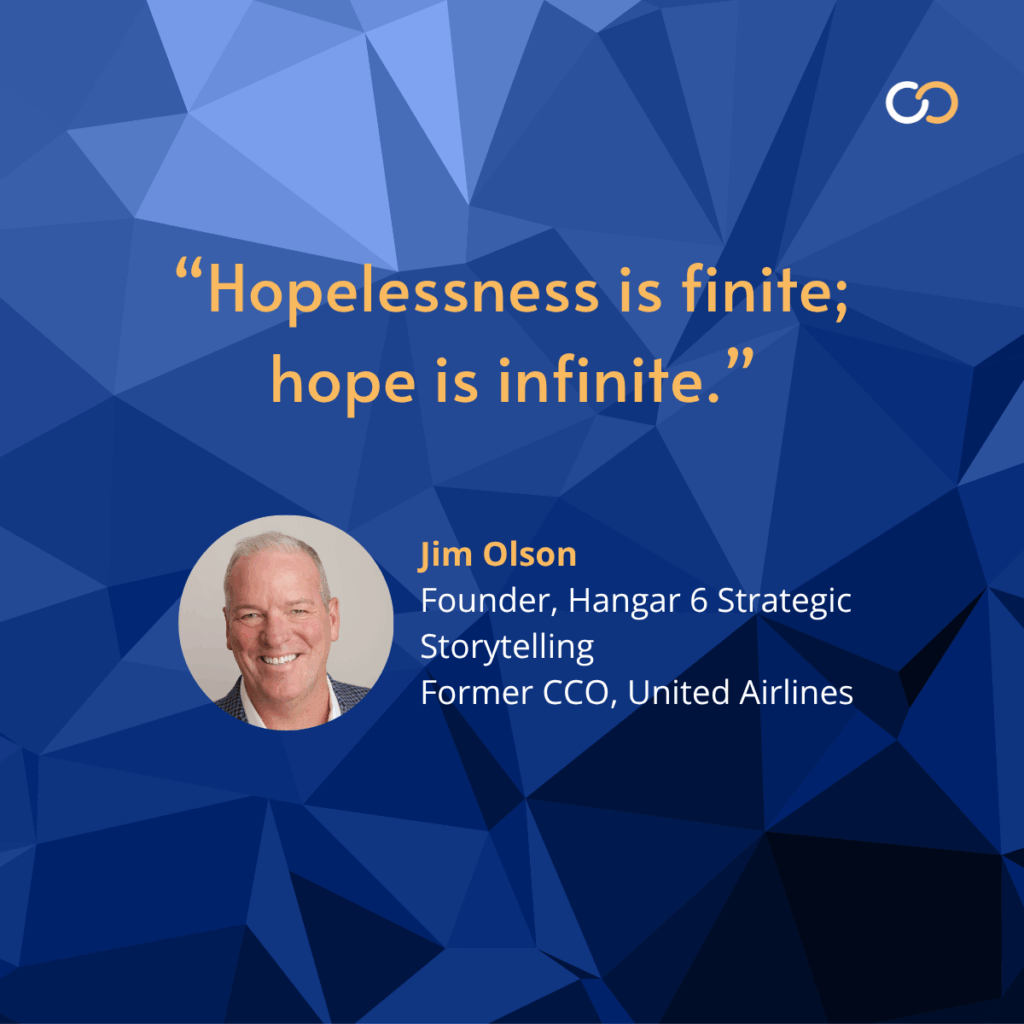- 2025 Annual Conference
This summary pulls takeaways from Resiliency into Results: Closing Interaction (Chatham House), Leading the World’s Most Valuable Sports Brand: A Fireside Chat (Chatham House), and Polarities at Play: Leading Through Complexity.
The Big Picture
Across the Annual Conference, leaders stressed that disruption is not episodic: it is permanent. Geopolitical uncertainty, cyberattacks, social polarization and rapid AI adoption, communicators are navigating a world of permacrisis. Resilience is no longer about bouncing back; it’s about building systems, cultures and mindsets that can absorb shocks while staying agile to pivot quickly.
Impactful Quote

Discussion Highlights
Why It Matters Agility without resilience risks burnout. Resilience without agility risks irrelevance. CCOs showed how they were adept at building organizational muscle to respond while guiding stakeholders and fellow leaders through constant turbulence
To Take Back to Your Teams
What members are saying
From Q&A Discussions
Q: “What are some of the tactics that you use to craft the right statement when you've got such heavy issues coming your way? How do you kind of blend the positive with the negative?
A: “Yeah, that's a really great question. I don't know, but I'm working on figuring it out every day. It's actually—you know, I talk, obviously, to our digital media, social media team a lot, and I find that really enlightening, because they're always talking about what does our audience need to see, and what are they looking for? … We don’t need to be adding to the doom scroll. People are doing enough doom scrolling on their own. We don’t have to be a part of that. Of course, we have to enlighten them on what’s going on… and separate fact from fiction for folks. That is a real service we can provide because we know there’s a ton of noise out there.”
Q: “What are your best practices for protecting your teams from burnout?”
A: “Our leaders talk about this a lot. It’s understanding the reality you’re living in. We’re in a 24/7 world, and our business leaders expect us to be plugged in 24/7. So if I’m leading a team, how can I structure it to get the right people in place so that we’re on and responding 24/7—but it’s not only me? I’ve got 8 to 12 people who can handle anything that comes in. That’s how you build the metabolism for the work.”
Q: “Before we close, I just want to ask the room—what gives you optimism right now?”
A: “When we’re together, we feel connected. We can’t control the turbulence, but we can control how we show up for one another. Hope is the number-one thing people want from leaders.”

Click here to join this conversation.